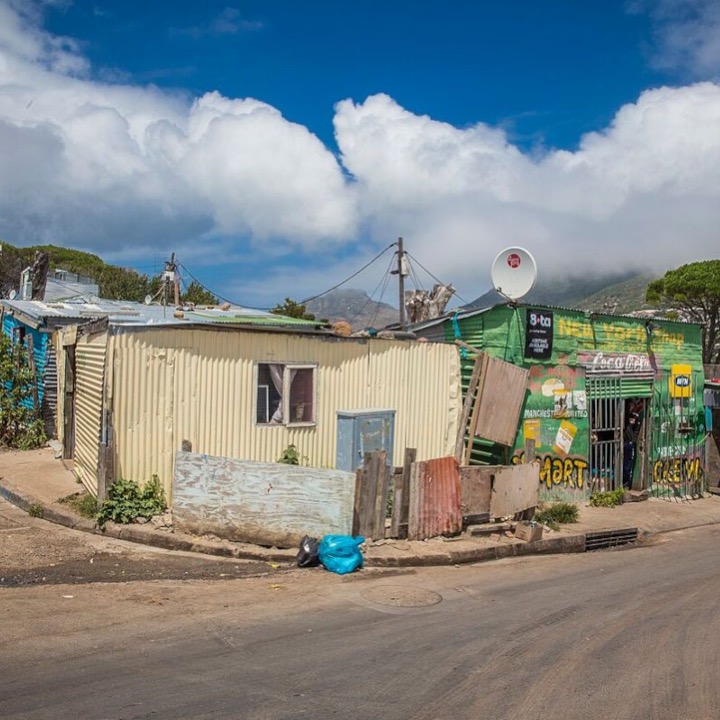Sibanye-Stillwater is rewriting how major industries engage with the communities that power them. In Merafong, the mining group’s supplier development sessions have moved beyond compliance to create genuine business partnerships that can last.
Over two days in late September, Sibanye-Stillwater opened its doors to small, medium and micro enterprises (SMMEs) from the region, inviting them to present their capabilities directly to procurement teams and executives. The event, hosted in collaboration with the Merafong Business Chamber 2 (MBC2), replaced distant corporate processes with face-to-face dialogue — where opportunity is earned through proof of skill, not box-ticking
16 oct sibanye isa web article
.
For many local entrepreneurs, it was the first time their work was evaluated by the people who make supply chain decisions. “The purpose was to allow business owners to present what their companies can offer Sibanye,” said MBC2 chairperson Sibusiso Nhlapo. “It’s about trust, visibility and capability — not charity.”
Sibanye-Stillwater’s enterprise and supplier development (ESD) team used the sessions to share practical guidance: how to access funding, register as a vendor, and strengthen compliance standards. The company’s Enterprise Development Centre in Westonaria remains the backbone of this effort, offering mentorship, purchase-order financing, and business management training — the operational discipline needed to move from informal trading to formal industry.
According to Razaro Jele, Sibanye-Stillwater’s ESD manager, “Compliance is key to qualifying for opportunities and staying competitive.” But the deeper message was clear: small suppliers can build credibility, capacity and sustainability if they are treated as partners in value creation.
For Merafong, this approach links local enterprise directly with industrial demand, converting supplier development into a shared-value model — where business growth and community upliftment reinforce each other. If sustained and scaled, it could reshape corporate engagement across South Africa’s industrial heartland, positioning community suppliers not as dependents of the mining economy, but as its co-builders.




